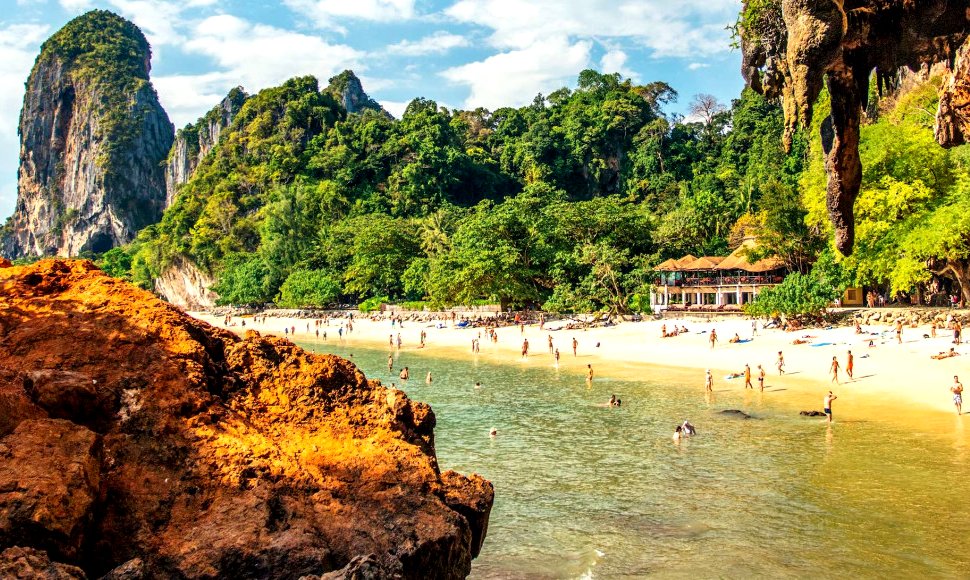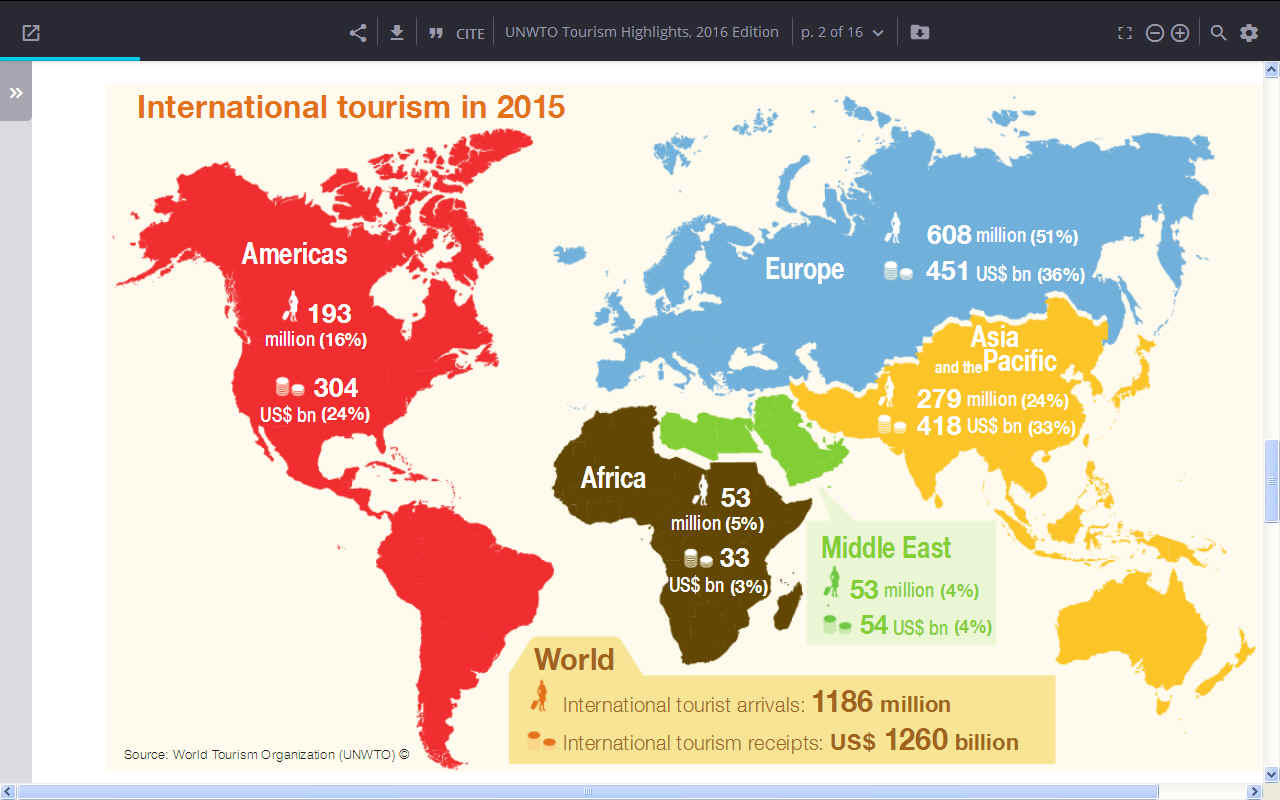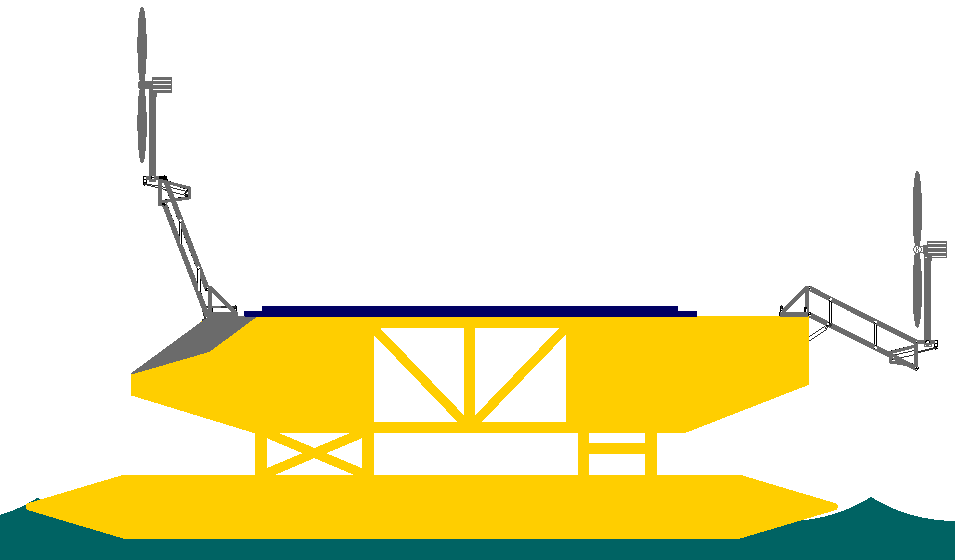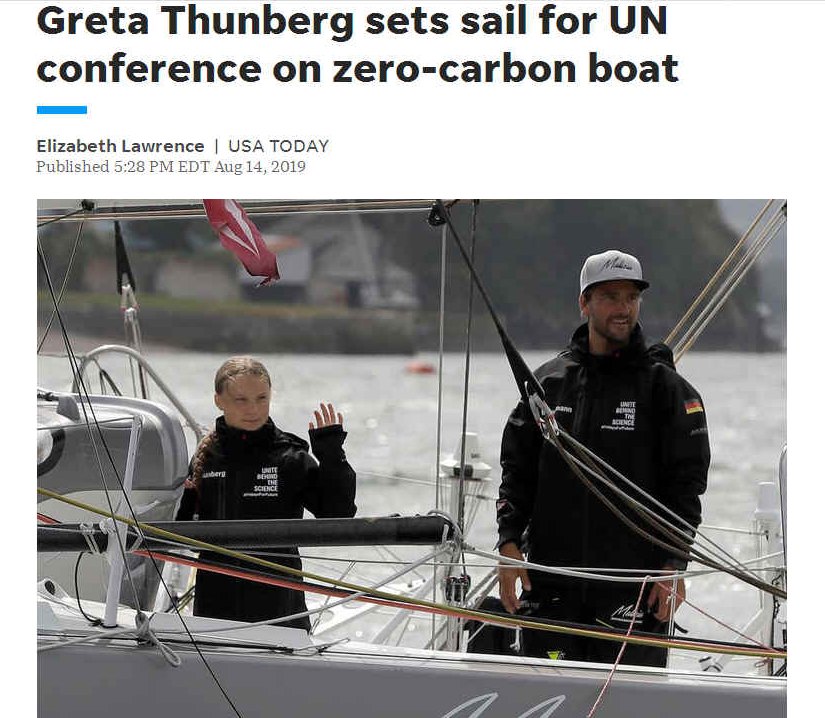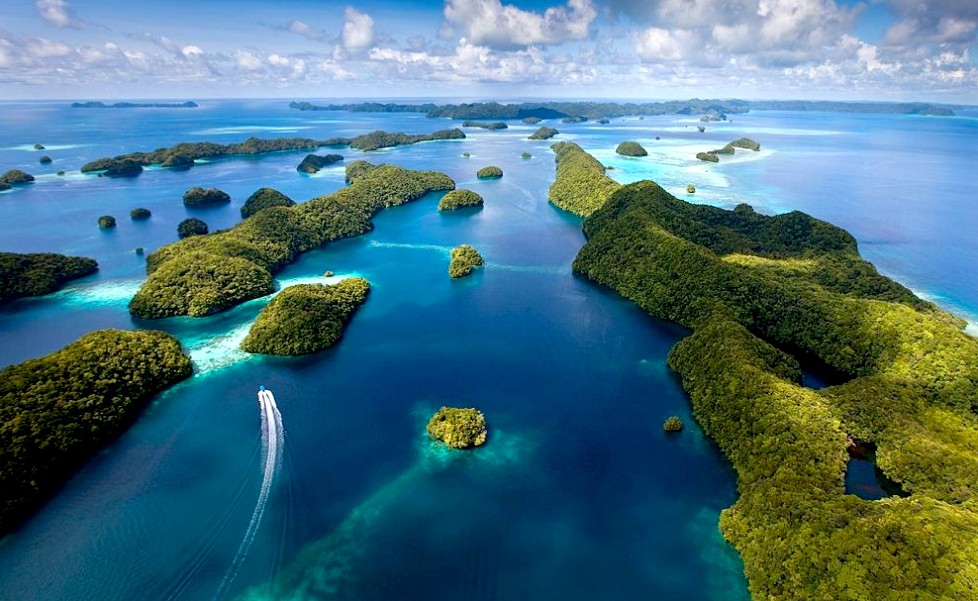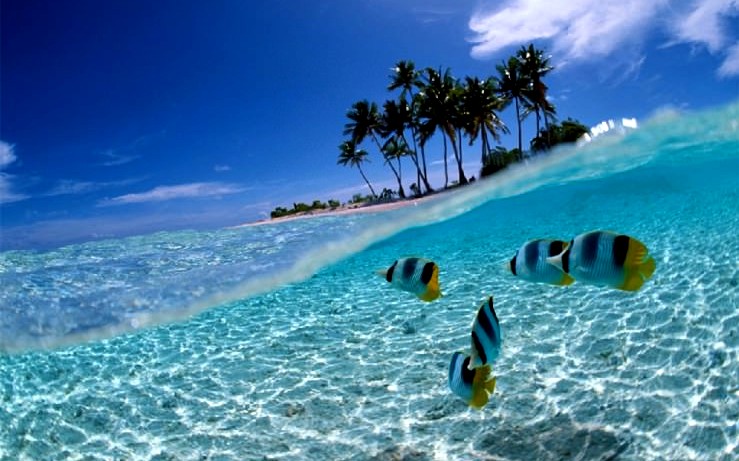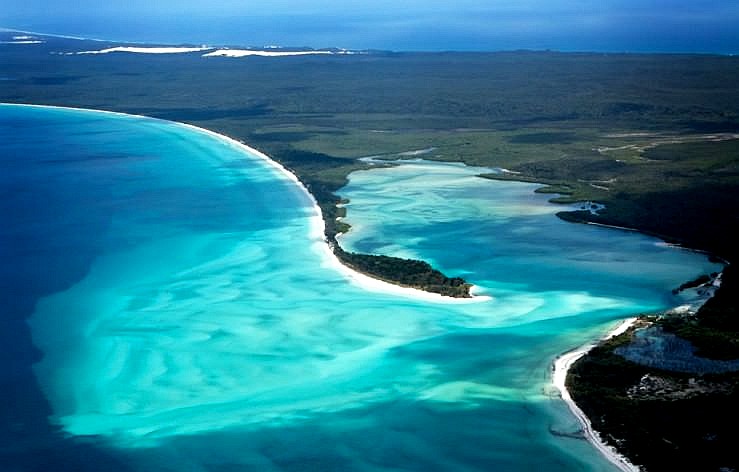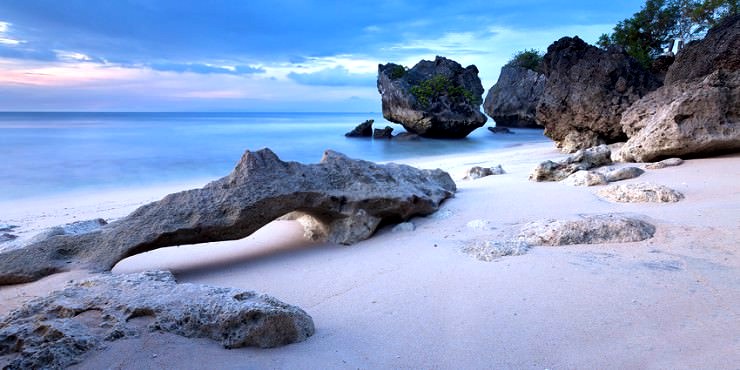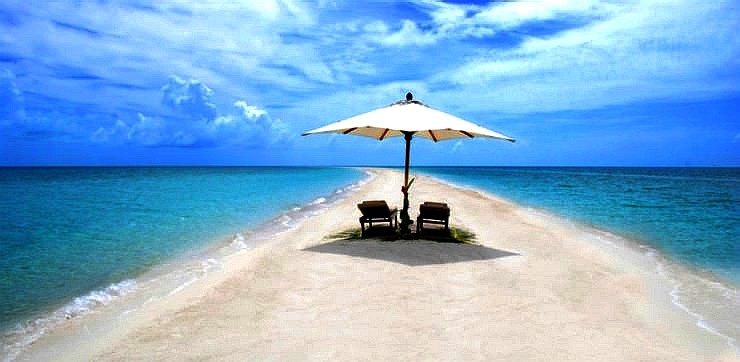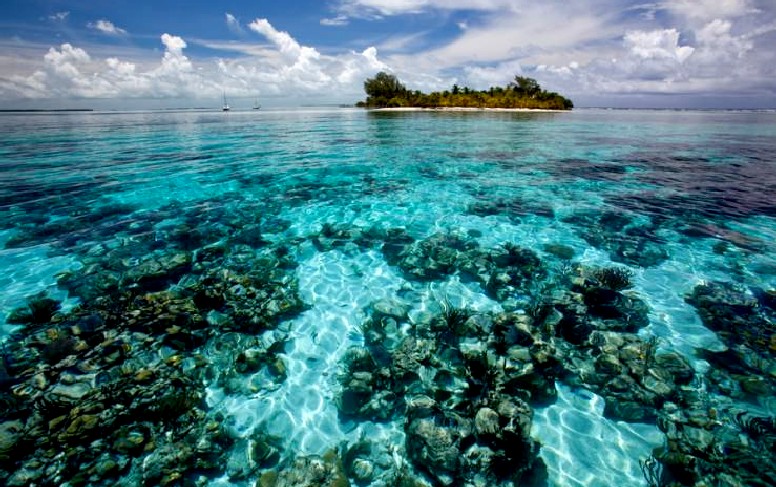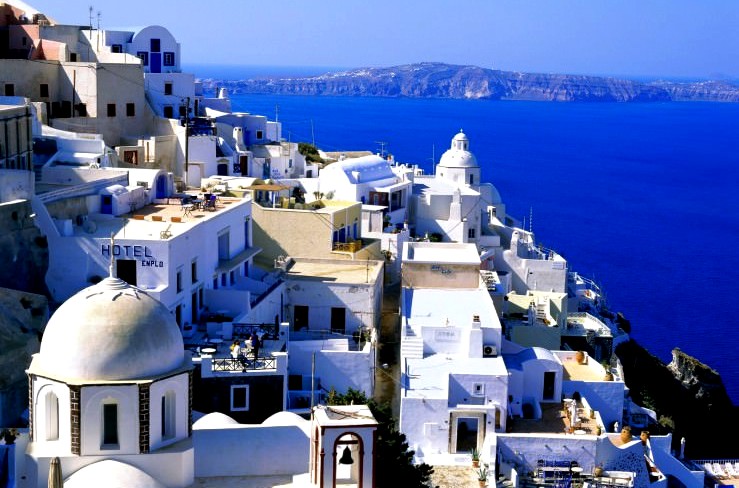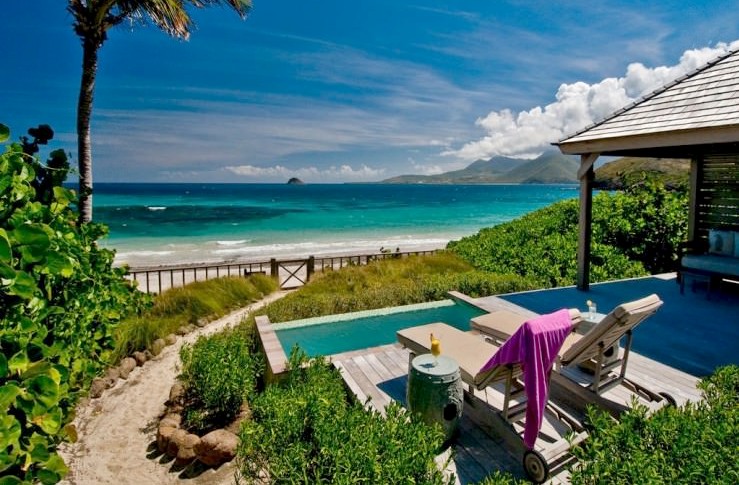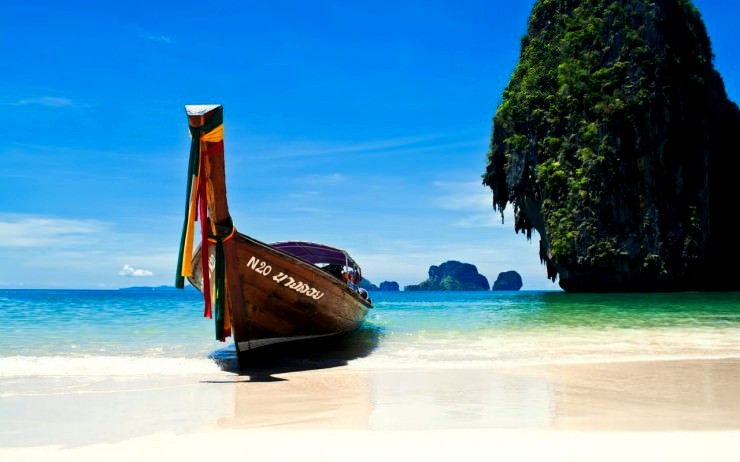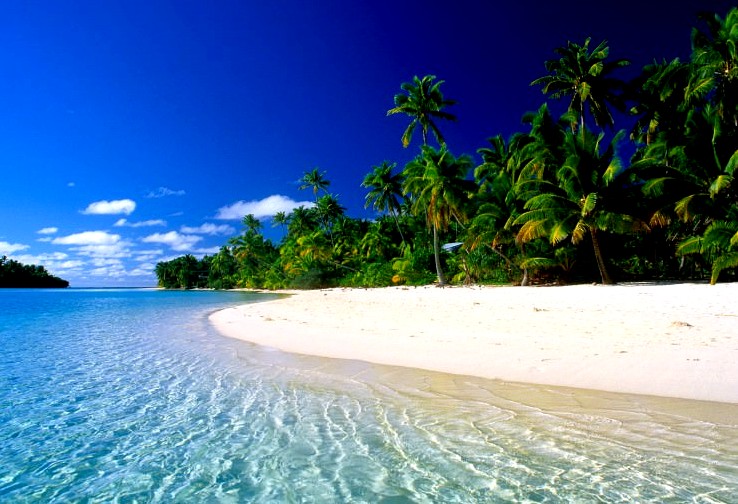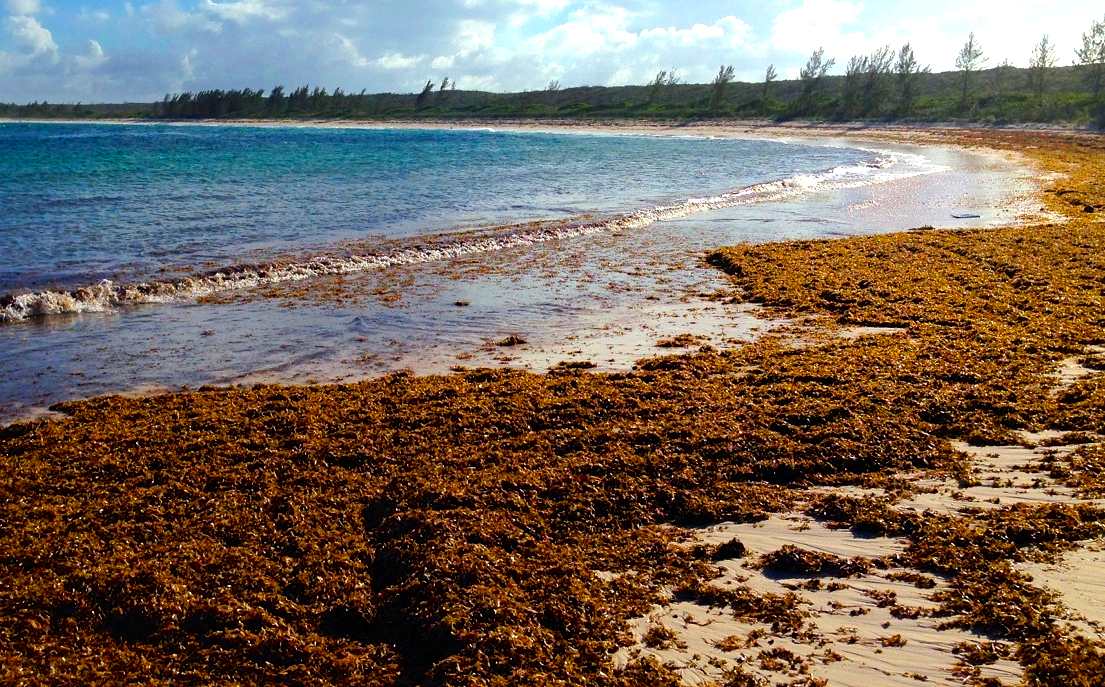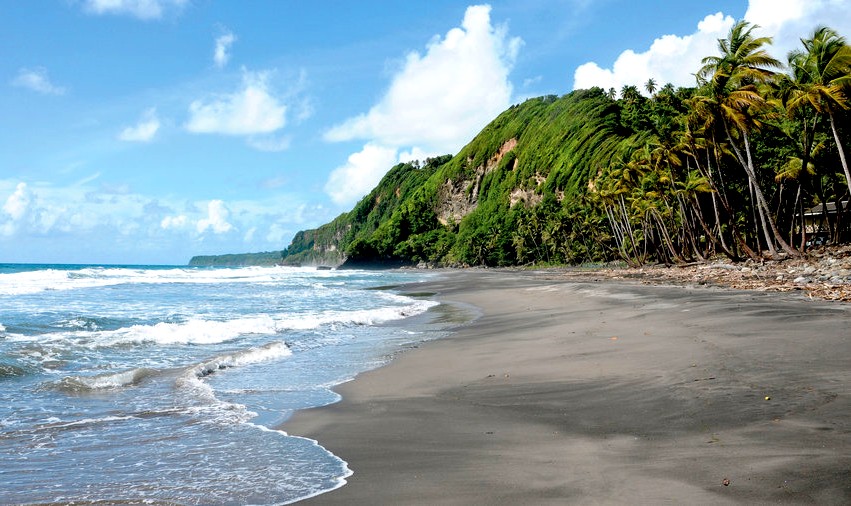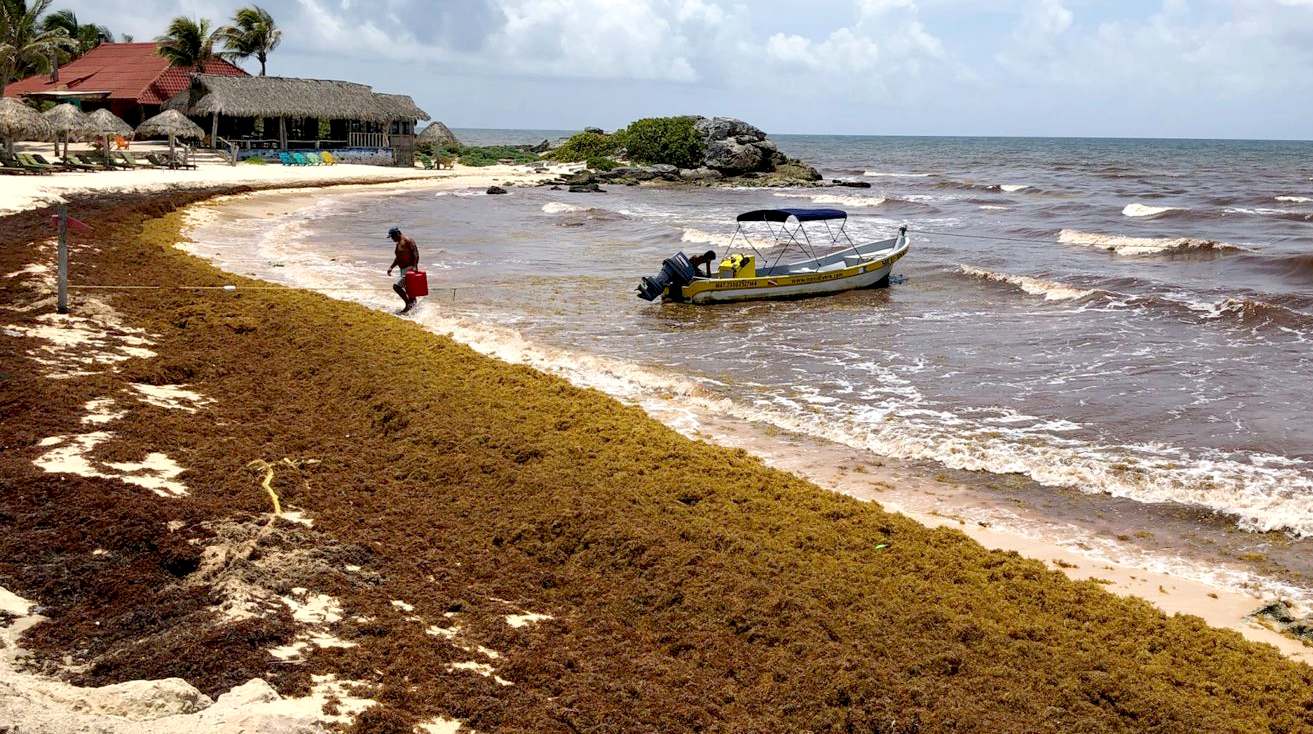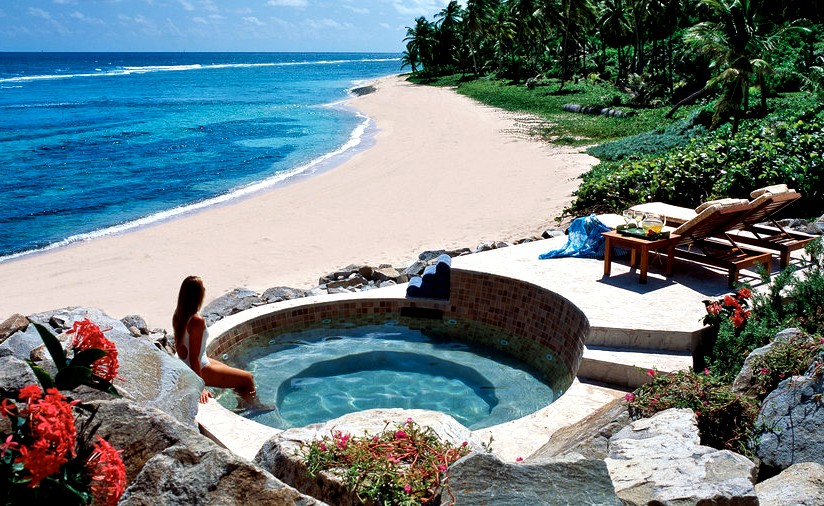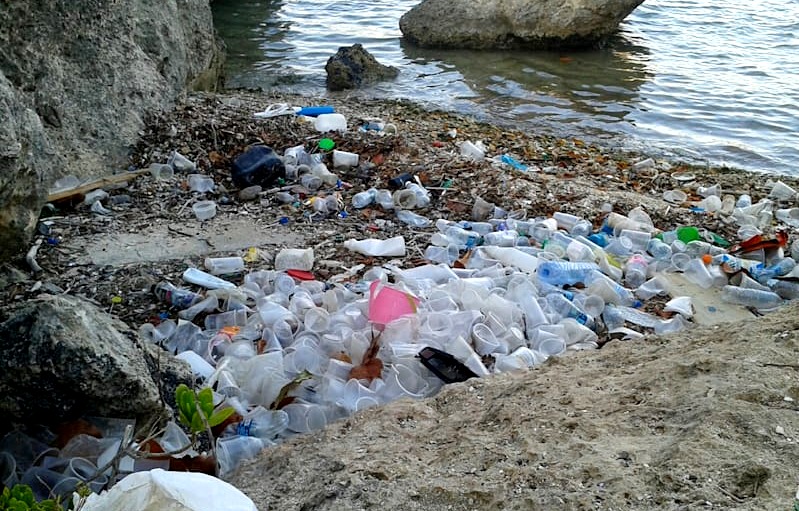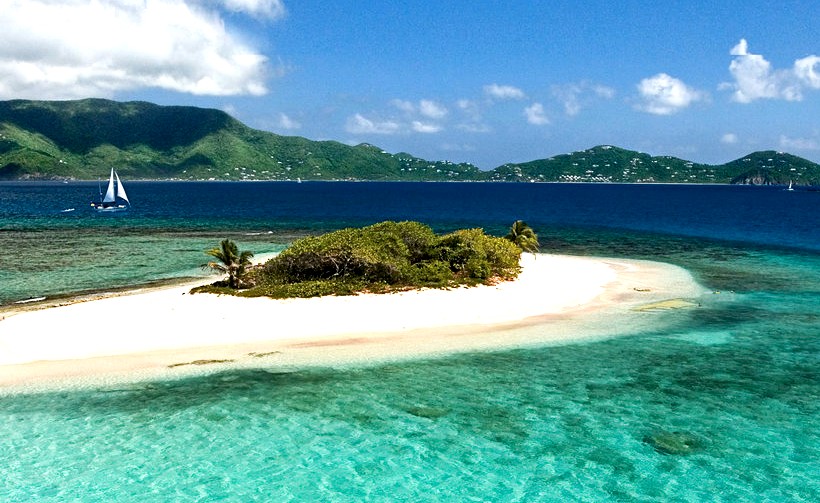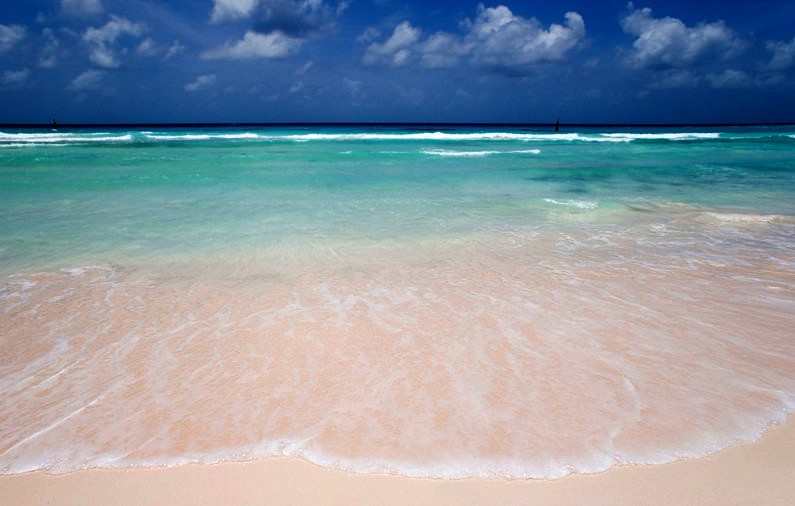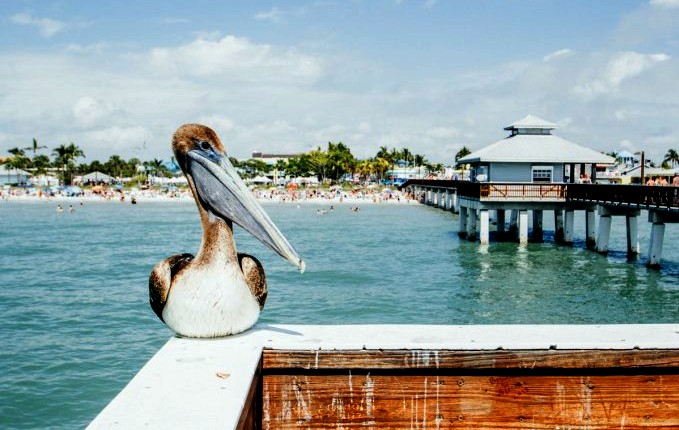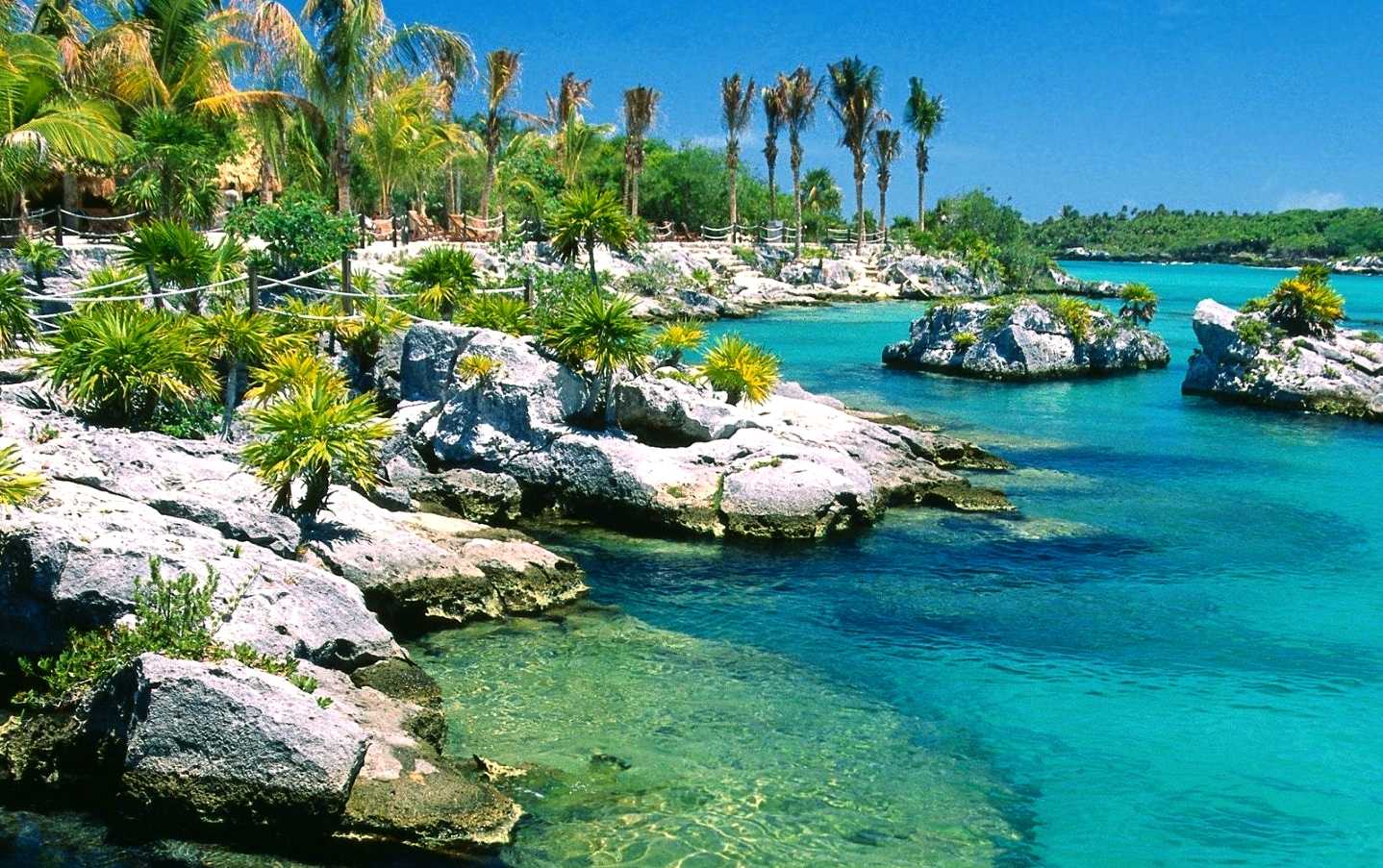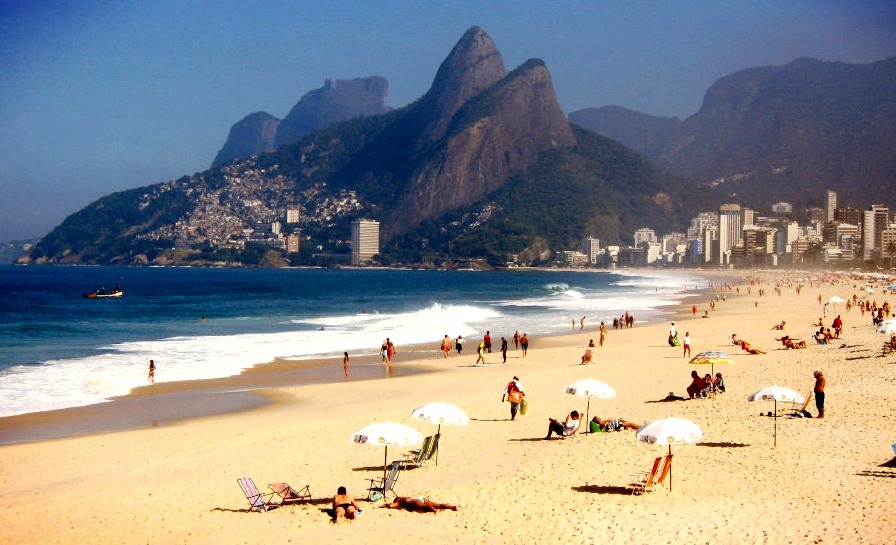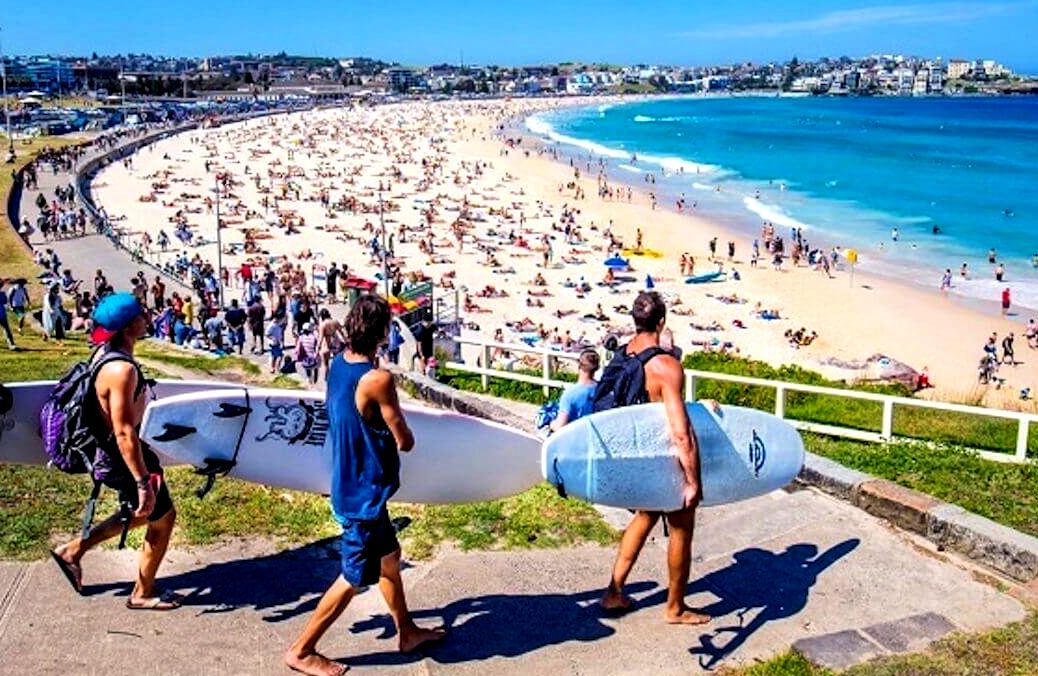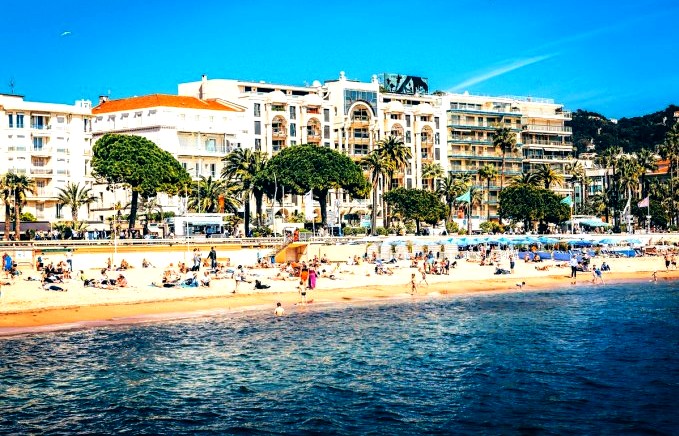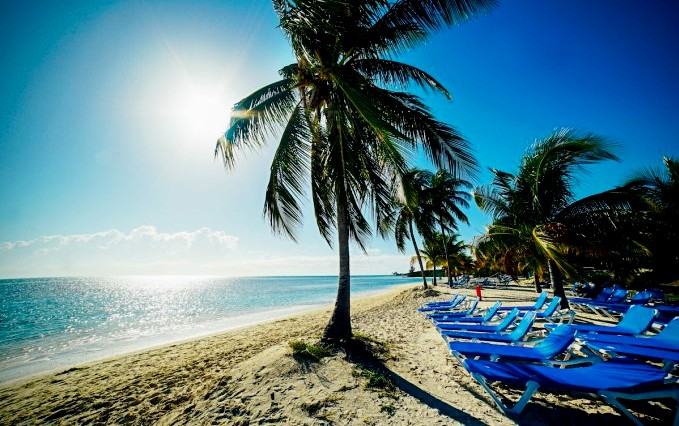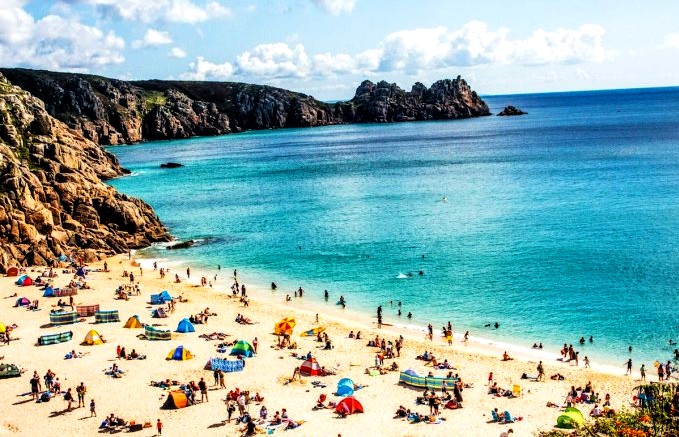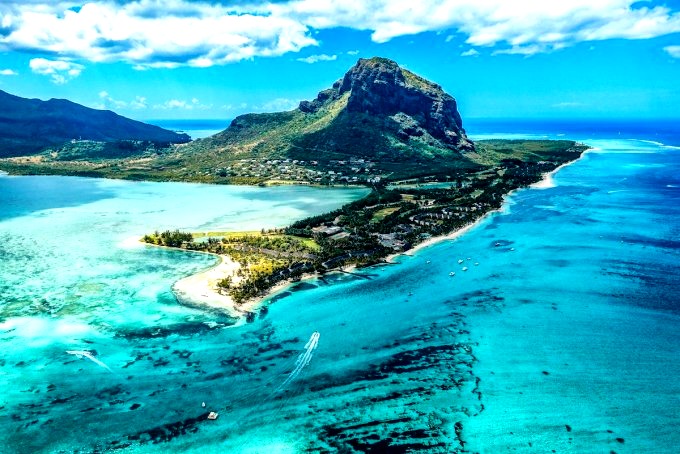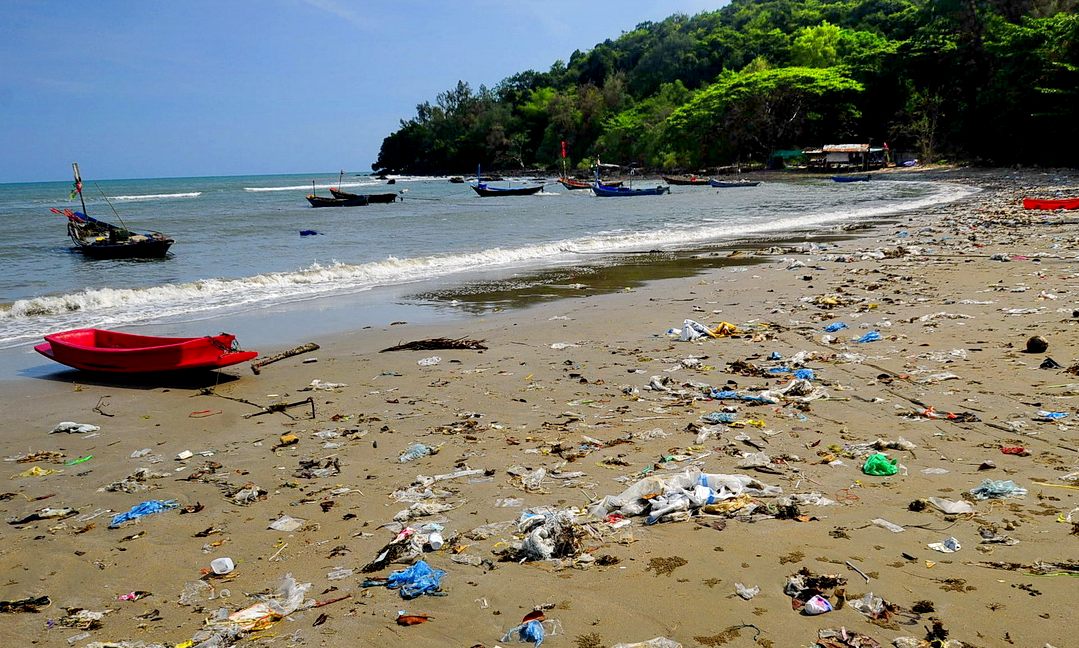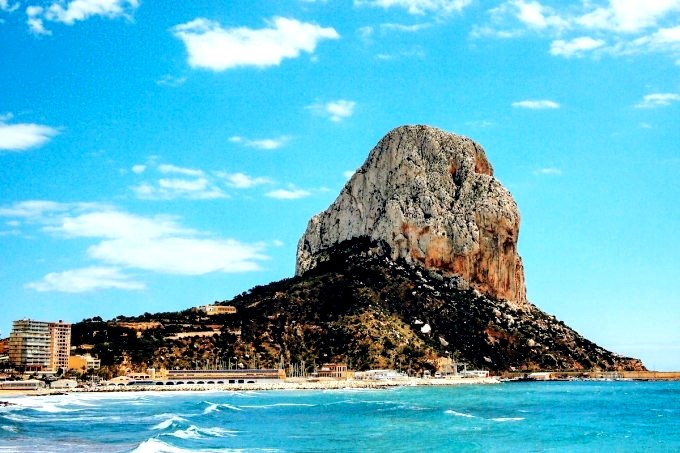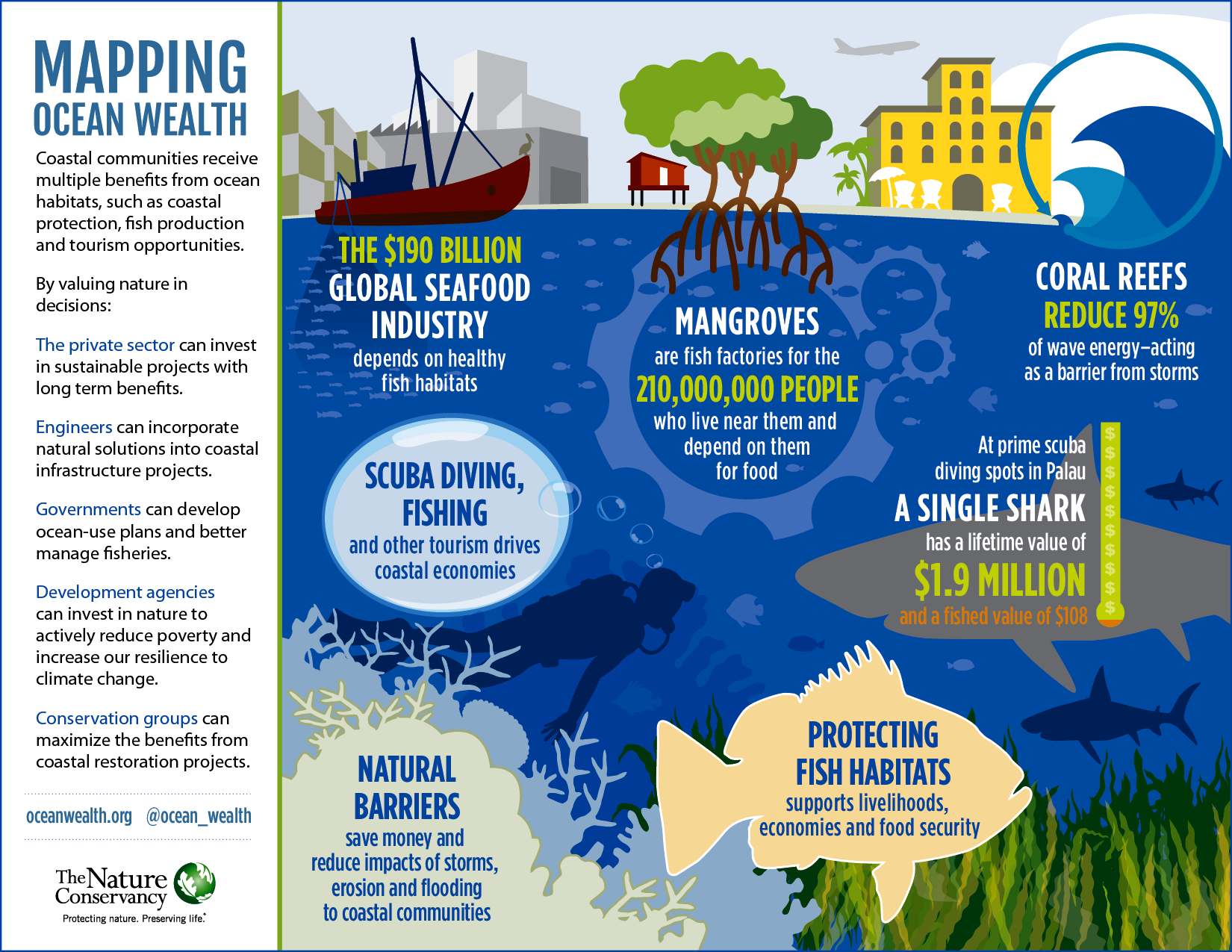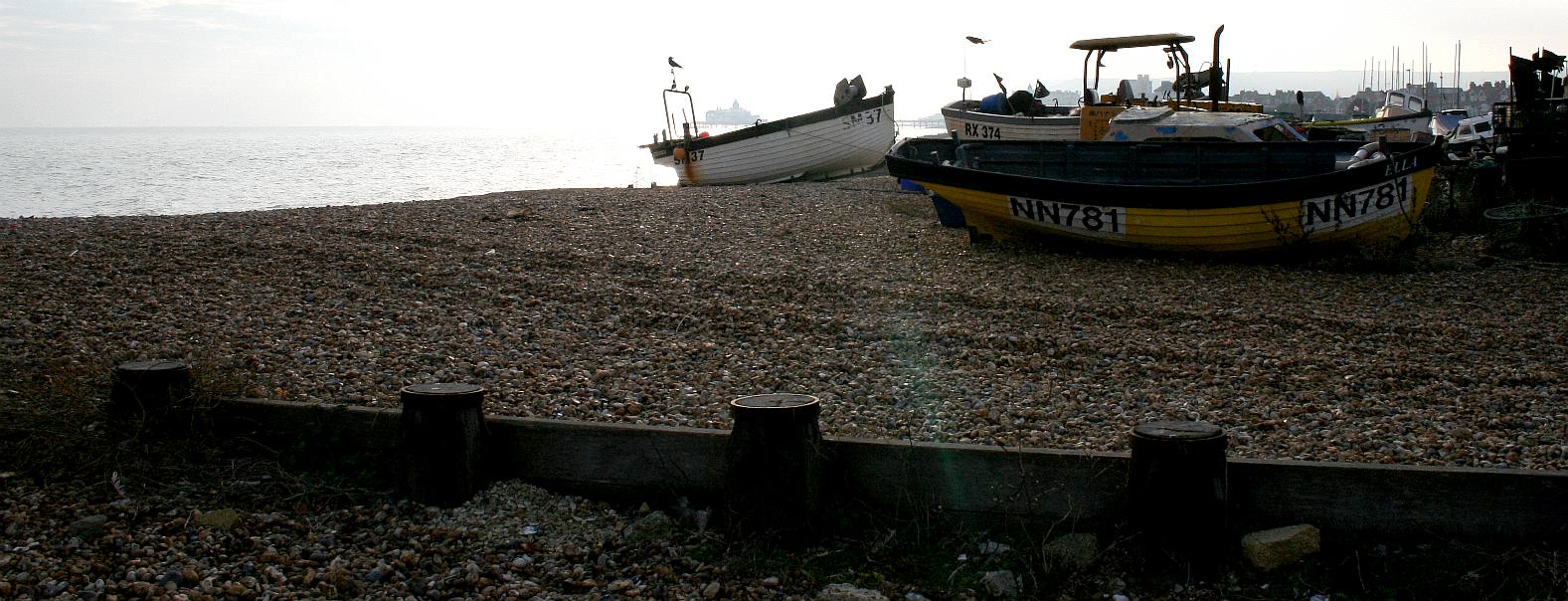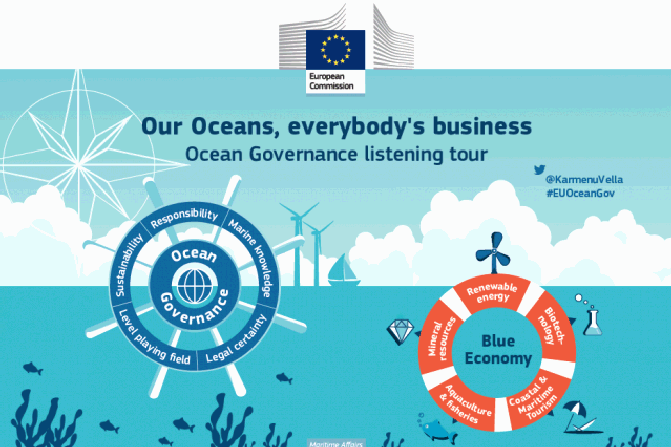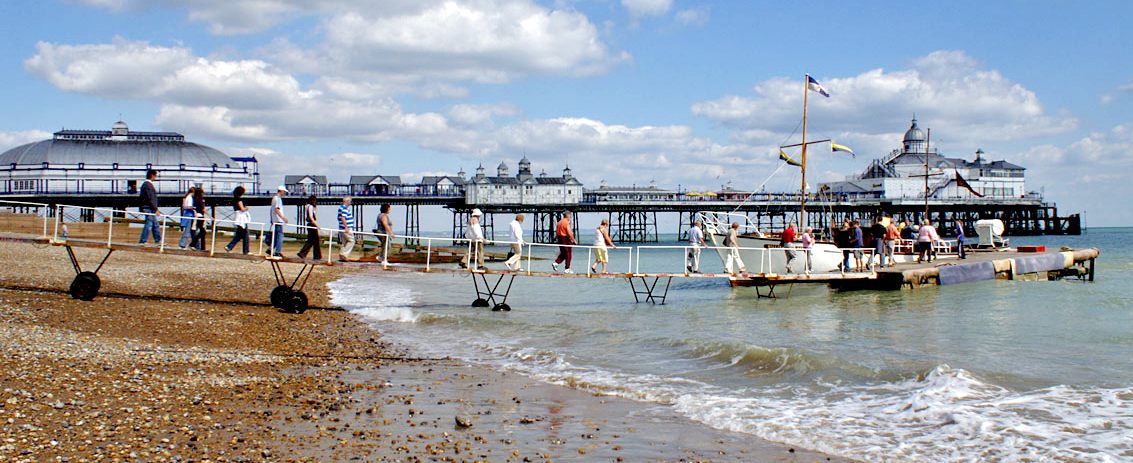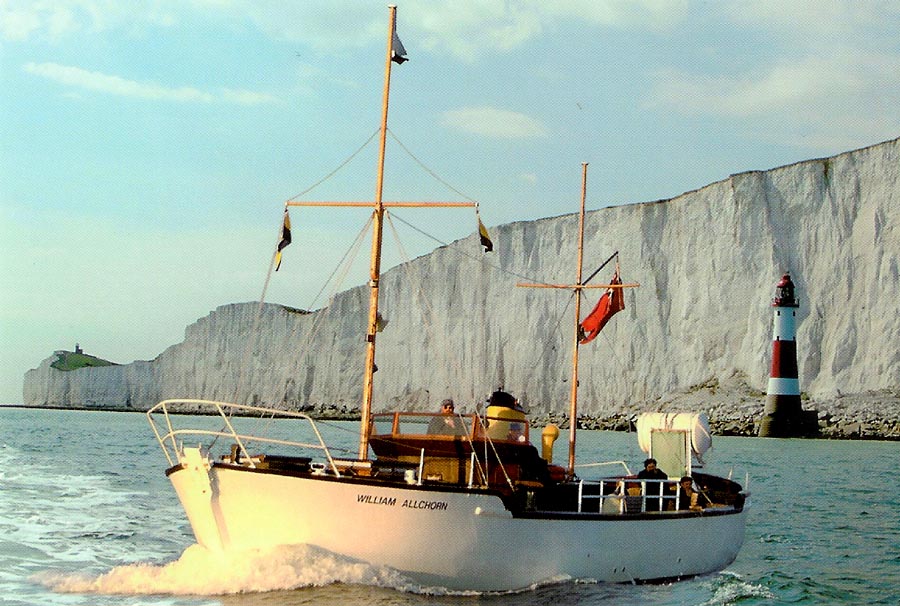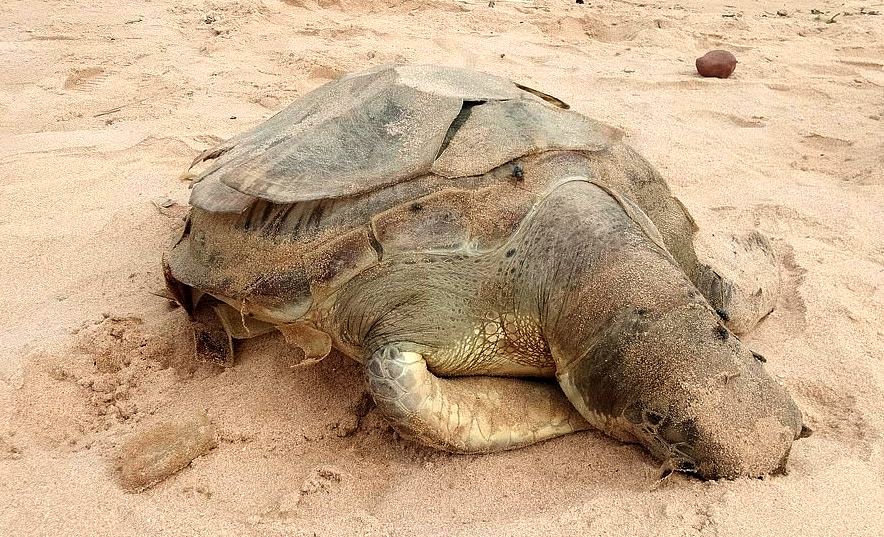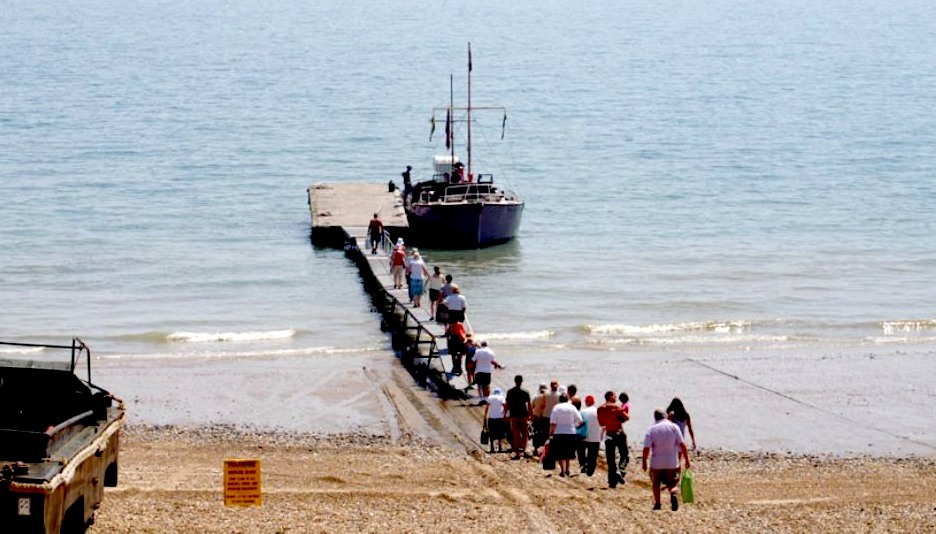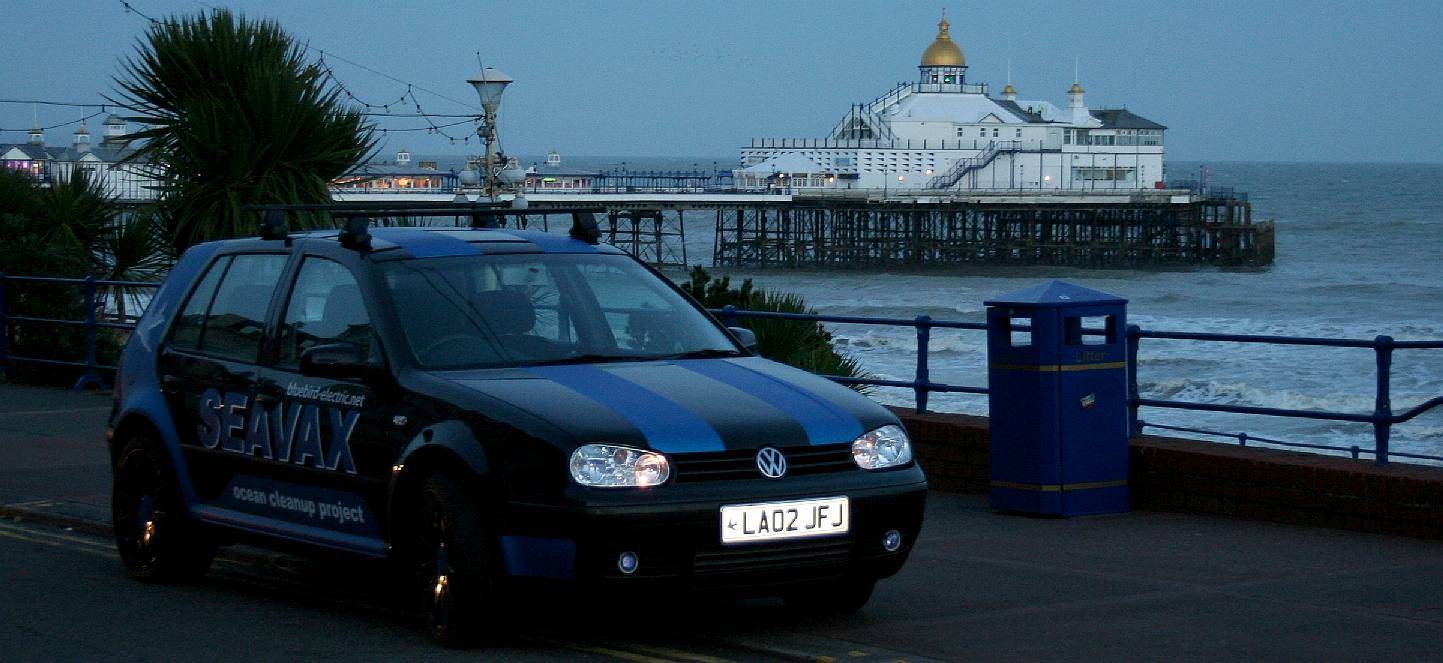|
ABOUT - CLIMATE CHANGE - CONTACTS - FOUNDATION - HOME - OCEAN PLASTIC PLEASE USE OUR A-Z INDEX TO NAVIGATE THIS SITE
TRAVEL COSTS THE EARTH - As you dream of that holiday of a lifetime, spare a thought for the cost to planet earth. Dream of exotic locations that you can reach and enjoy zero carbon, rather than add to greenhouse doom. The good news is that political agendas are changing now that so many UN member countries are declaring a Climate Emergency. Steer clear of destinations that continue their old kleptocratic empire building ways. Vote with your wallet to help save our ice caps and stop rising sea levels wiping out hundreds of low level islands.
Internationally, there are sights to see around the coasts and on islands that will take your breath away. These are too many to mention, save for a few of the top holiday destinations, islands and beaches, but be aware that at the moment most of these locations involve air travel and massive carbon footprints. As an eco tourist you might want to consider something that does not involve jet aircraft. We are advocates of sustainable travel. If you must fly, consider carbon offset.
Most of the beaches all over the world are subject to plastic and other marine litter and seaweed proliferation, hence, the pictures from travel brochures might not paint a true picture of what you'll see when you get there. You will probably see less plastic on UK beaches. Even the Mediterranean Sea is suffering from plastic. Also, many of the islands featured here will suffer from rising sea levels.
Ironically, it is tourists visiting these exotic locations in increasing numbers that is causing global warming from the enormous carbon dioxide emissions generated by aircraft burning kerosene. Those same tourists are generating more plastic waste for the beaches they want to enjoy. It's a cruel cycle with nature suffering from admiring humans. We simply have to change our holiday habits if we are to save the locations of the world that we cherish the most.
CO2 TRAVEL EXAMPLE
Flying 4 people to Paris from London return in economy class emits 440kg CO2 for a family; Travelling by a medium sized petrol car from London to Paris via a ferry from Dover to Calais emits 173kg CO2 per car; Travelling by a medium sized diesel car from London to Paris via a ferry from Dover to Calais emits 156kg CO2 per car; Travelling on the Eurostar from London St Pancreas to Gare du Nord Paris emits 10.6kg CO2 per passenger, one tenth of flying.
These are just examples to get you in the eco swing of things. Sailing your own boat is one way to see the coasts and islands with a small carbon footprint if you have the time, but few people can afford their own boat and even then the build and running of a boat can generate a lot of CO2 if it is not used a lot.
A CLEAN FUTURE - The Cross Channel Challenger (CCC) is a project currently on the drawing board looking for backing in 2020-21 over 75 weeks, to develop a coastal transport that is zero carbon. Vessels that are green could transform tourism, making it socially acceptable in the face of a planet that will roast unless we do something about it.
This project has been costed to come in at around the Ł350k mark, hence the vessel does not include the latest lithium batteries or higher output solar cells, nor exotic materials in the build. It is a budget vessel to allow us to start the development ball rolling against a tide of nervous governmental departments looking for miracle solutions at bargain basement rates. The vessel is small for cross channel work, whereas as the length grows, so does the efficiency. Please bear this is mind; things can only get better.
The performance of this concept can be improved significantly by using the latest batteries and bigger wind turbines, allied to computer navigational software to define an efficient course.
TOP TEN ISLAND DESTINATIONS
1. Palau - A favorite spot for diving and snorkeling: Palau is famous for its barrier reef and marine life. The island also has an interesting culture including cave paintings and World War II wrecks.
2. Bunaken, Indonesia - The main attraction on this small island is Bunaken Marine Park. Non-divers can enjoy a boat tour with a glass floor for viewing.
3. Fraser Island, Australia - This is the largest sand island in the world with plenty of space to stretch out and relax. There is also a rainforest on the island for adventurers to explore.
4. Bali, Indonesia - The island offers many great white sandy beaches for a relaxing vacation, as well as waves for surfers of many levels. As with many more remote locations, plastic waste has found its way onto the shores.
5. Musha Cay, Bahamas - This private island is owned by the illusionist: David Copperfield. Being on a private island is expensive, but the experience is unforgettable.
6. Belize - Crystal clear water and white sandy beaches, Belize is also famous for the Great Blue Hole: a fascinating natural wonder. Eco-tourism is popular: aimed at adventures, local culture and wilderness.
Belize is aiming to reduce environmental pollution by improving solid waste management practices in emerging tourism destinations with support from the Inter-American Development Bank (IDB). A US$10 million IDB loan went to finance investments to improve solid waste transport, recovery, and final disposal in towns and villages in Belize’s Northern (Orange Walk and Corozal) and Southern (Stann Creek and Toledo) Corridors as well as in Belmopan, the capital city. The five-year programme was expected to provide all of Belize’s major tourist destinations with access to a sanitary landfill, up from 50 percent in 2015.
7. Santorini, Greece - The volcanic island in Aegean Sea is famous for amazing white buildings, that together with the cliffs and sea create unforgettable landscapes like this.
8. St. Kitts & Nevis - The Caribbean islands are favorite among the celebrities. The twin islands are luxurious but not overcrowded. Perfect for a relaxing vacation.
9. The Andaman Islands - Phi Phi, Phuket, Krabi islands – as examples vacation destinations. Besides sandy beaches there are cliffs, caves and a rich marine life to discover.
10. The Cook Islands - Remote islands, associated with New Zealand. The nature is well preserved from civilization, yet the service and hotels are high quality.
MORE TOP BEACHES
Kamalame Cay, The Bahamas - This private island is just a 15-minute flight from Nassau and offers an isolated sanctuary usually surrounded by crystal-clear water and shaded with rustling palms. Discover the beauty of underwater life with a scuba expedition at the island's PADI rated Dive Centre. The centre offers all levels of certification for non-divers, snorkeling and children.
Tour any Caribbean island, and it becomes apparent that most of their beaches and lush forests are despoiled by plastic bottles, straws, fishing nets, plastic bags and Styrofoam containers. The Sargassum Outbreak in the Caribbean in 2018 caused ecological stress and economic losses as tourists turned away from seaweed covered beaches. From Trinidad and Tobago, Barbados, and St Vincent in the Eastern Caribbean, to Puerto Rico, Haiti, and the Bahamas in the west - hotels, resorts, and tourism boards were scrambling to find cost-effective solutions involving booms and trucks. The beach of Guinea Schooner Bay is covered in seaweed and horrendous quantities of plastic, from micro off-cuts to macro bollards, oil containers.
Rosalie Bay, Dominica - Set on the wild Atlantic coast of rugged, mostly undeveloped Dominica, Rosalie Bay offers a tranquil island escape 45 minutes from the capital city of Roseau. Lace up your hiking boots for an intense trek over moss-covered paths to Boiling Lake, the world's second-largest volcanically heated body of water.
Playa del Carmen, Mexico - The exotic city of Playa del Carmen sits just outside of Cancun, with gorgeous beaches on the coast of the Caribbean Sea. Take a day trip to the historic archeological sites outside of the city where you can explore preserved pyramids, ancient temples, and colorful murals.
Visitors to some of the most luxurious beaches in Mexico have been faced with stinking mounds of rotting seaweed and muddy-brown waters thanks to an enormous build-up of algae on the shoreline. Huge quantities of the eyesore, known as sargassum, have accumulated on the normally golden sand found in the tourist towns of Cancun, Playa del Carmen and Tulum, with efforts to remove it proving futile. Scientists believe the more than half-a-million tonnes of seaweed was brought on by climate change, and there are fears that the problem will not end anytime soon. SKY NEWS JUNE 27 2019
Peter Island, British Virgin Islands - Located on one of the largest private islands in the Caribbean, Peter Island features a collection of five secluded beaches. Sign up for the Sunset Loop, an exciting ride up the curvy mountain roads to one of the highest points on the island.
Curaçao, The Caribbean - This enticing island known for its gorgeous coral reefs is located in the southern Caribbean Sea, off the Venezuelan coast. Go global at the open-air Old Market, where vendors grill chicken, fish and goat for lunch. Head to historic downtown where boutiques line the streets selling duty-free diamonds, designer clothes, and Dutch goods.
Many Caribbean reefs, like those in Curaçao stand a good chance of surviving if local pressures can be minimized. Several organizations on the island are working to help restore and protect Curacao’s reefs. Plastic pollution is affecting the oceans across the world, and some reports estimate that by 2050 there could be more plastic in the ocean than fish. Marine life like fish, birds and sea turtles can mistake plastic for food and eventually starve or become entangled and suffocate. Sadly, many islands did not take-action quickly enough and their reef systems have collapsed. Collapsed reef systems result in losses in tourism, fishing revenue, floods, deteriorated water quality, and less resistance to storms. Luckily, Curacao still has the chance to protect itself if action is taken immediately.
Costa Alegre, Mexico - Located just below Puerto Vallarta and just above Cihuatlan, Costa Alegre translates to "Cheerful Coast," stunning beach views. Arrange for a temazcal, an ancient purifying treatment involving a mud bath and sweat lodge on the beach.
Sandy Cay, British Virgin Islands - This small nature preserve in the British Virgin Islands is great for snorkeling and swimming, thanks to crystal-clear water and a shallow reef. Explore the white-sand beach - home to endangered leather back turtles - and snorkel in the waters around Sandy Spit.
West Snake Caye, Port of Honduras - Seventeen miles from the town of Punta Gorda, the four small Snake Cayes lie in the 160-mile Port of Honduras Marine Reserve, which boasts lush mangrove trees and endangered species. Trek through towering mangroves toward the center of the island, where you'll find a small, serene lagoon.
Beaches in Honduras are being choked by a solid mass of bottles, wrappers and other recyclable waste turning the once-idyllic island into a floating landfill site. 90% percent of sea birds have ingested some sort of plastic. A vast area of the Pacific Ocean is a massive floating raft of rubbish. Here trash washes onto the peaceful Caribbean beaches of Cayos Cochinos, Honduras.
Tourism authorities and operators are worried as to the lack of action by the governments of Honduras and Guatemala to curb the pollution in its beaches. Leticia Barrera, president of the Omoa Chamber of Tourism, said the garbage on the beaches has caused a drop of more than 70% of visitors to the sector. Waste from the Motagua river spills onto the beaches of Cortés. They were investing in removing tons of waste from the beaches but they no longer have funds for that. As a short-term measure they are considering a study to build a landfill site where they might deposit this waste.
Gold Coast, Barbados - You might experience a "star-sighting" on this popular celebrity hot spot off the West coast of Barbados, an idyllic beachside atmosphere. Tee up on the luxurious Green Monkey golf course, designed by golf architect Tom Fazio. Carved from an old limestone quarry, the stunning view may make concentrating on the game a little harder.
Shoal Bay East, Anguilla - Sleepy Anguilla wakes up a little at this two-mile expanse of feathery white sand that glitters in the sun. Enjoy a nap on an inviting hammock under a grove of palm trees at Shoal Bay.
TEN OF THE WORLD'S FAVORITE DESTINATIONS
1. Florida - Florida offers warm weather, beautiful isolated islands, vast swathes of sandy shores and cities with beaches. There are breathtaking national parks all adding up to this as the most popular beach destination in the world.
2. Cancun - Cancun in Mexico is one of the most popular resort and villa destinations in the world, thanks to beautiful tropical weather, vast white sandy beaches, and crystal blue waters. Throughout the region you can explore ancient Mayan temples, tropical lagoons, mangrove inlets, and picturesque waterfalls and sinkholes.
3. Brazil - Brazil is famous for its breathtaking beaches throughout the country. It’s not as popular as many other top beach destinations but it is well worth a journey for more adventurous travellers. The sights on offer are staggering, from lush rainforests to the sprawling urban life of Rio de Janeiro.
4. Australia - Australia’s beaches are the stuff of legend thanks to coral reefs such as the Great Barrier Reef, some of the world’s best surf at Bondi Beach, and the sheer scale of their sands and beauty. Australia is a rugged country for pioneers now tamed for tourists. A beach holiday here offers you a good mixture of relaxation and sightseeing in the outback.
5. Cote d’Azur - The stunning Cote d’Azur is famous as a playground for the rich and famous, from the film festival at Cannes to the casino at Monte Carlo. The beaches are perfect and the seaside towns magnificent. Inland you can explore historic sites and rolling sun-bathed countryside.
6. Bahamas - The Bahamas are one of the most popular luxury beach escapes in the world for a number of reasons. The beaches are perfect, the sea life is incredible, the island is modern and luxurious, and the food is delicious. The sandy beaches at this location offer visitors a true glimpse of paradise!
7. Cornwall - Cornwall really is a fantastic beach holiday destination. The traditional Victorian seaside towns of the south coast and the sprawling sands of the north make Cornwall a very popular spot. It boasts the best surf in the UK and by far the UK's most beautiful, idyllic, and exciting beaches. With global warming, much of England is now almost tropical during the holiday seasons.
8. Mauritius - Mauritius is a luxury destination where idyllic beaches are virtually guaranteed. The weather can be relied upon almost any time of year. This is one of the best reasons to trade the sometimes gloomy climate of Europe for the paradise island of Mauritius. The beaches are beautiful and clean, and the waters are warm and inviting.
9. Thailand - Thailand has a wide choice of perfect tropical beaches, both on the mainland and on the islands of Phuket, Krabi, Phi Phi islands, Koh Samui, Koh Tao, and Koh Phangan. The stunning scenery includes impressive cliffs and tropical views, with the advantage of clear waters and interesting marine life for snorkeling or diving. The only problem being the plethora of plastic pollution that really spoils the whole thing.
10. Spain - Spain is the budget destination for coastal holidays in Europe famous for package deals that are responsible for serious CO2 generation from the numbers. The beaches are beautiful and the towns and cities are some of the most culturally vibrant in the world. The atmosphere is energetic, and the sun never seems to hide! From the bustling Costa del Sol to the quieter Costa Brava, Spain offers a lot for a good price.
EUROPEAN COASTAL TOURISM
The extraordinary beauty, cultural wealth and great diversity of EU's coastal areas have made them a destination for many holidaymakers in Europe and abroad despite the exotic locations that entice millions of travelers to their shores. This makes coastal and maritime tourism an important economic sector, but also a potential climate change no, no in terms of carbon footprints. Hence, the need to develop tourism sustainably with zero carbon ships of the future as per the IMO's 2030 and 2050 targets.
Employing over 3.2 million people, this sector generates a total of € 183 billion in gross value added and representing over one third of the maritime economy. As much as 51% of bed capacity in hotels across Europe is concentrated in regions with a sea border.
GRADO ITALY - Almost everyone in this coastal resort enjoys some kind of seagoing activity. These boat mooring posts all around the natural lagoon that leads into the Adriatic Sea.
As part of EU's Blue Growth strategy, the coastal and maritime tourism sector has been identified as an area with special potential to foster a smart, sustainable and inclusive Europe. It is the biggest maritime sector in terms of gross value added and employment and, according to the Blue Growth Study is expected to grow by 2-3% by 2020. In 2012, Cruise tourism alone represents 330,000 jobs and a direct turnover of €15.5 billion and is expected to grow.
European Maritime Day (EMD) 2013 focused on coastal and maritime tourism and was the opportunity to introduce the results of a public consultation launched to prepare a communication on coastal and maritime tourism. The EU Commission adopted a Communication on "A European Strategy for more Growth and Jobs in Coastal and Maritime Tourism" on 20 February 2014, presenting a new strategy to enhance coastal and maritime tourism in Europe in order to unlock the potential of this promising sector.
The Commission has identified 14 actions which can help the sector grow sustainably and provide added impetus to Europe's coastal regions (including its overseas countries and territories). For example, the Commission proposes to develop an online guide to the main funding opportunities available for the sector and to support the development of trans-national and interregional partnerships, networks, clusters and smart specialization strategies in coastal and maritime tourism. The Commission will work with Member States, regional and local authorities and the industry to implement these actions. For more information, please check Questions and Answers on the European strategy for coastal and maritime tourism.
In line with action 14 of the European Strategy for more Growth and Jobs in Coastal and Maritime Tourism (COM 2014 86), the European Commission has published an Annex to the "Guide on EU funding for the tourism sector" focusing on coastal and maritime tourism related projects. This initiative aims at providing operators with information on projects which have been awarded EU funding in order to inspire them on possible ways to apply for financial assistance for the development of sustainable and innovative tourism projects in coastal areas.
The carbon footprint of global tourism - Tourism contributes significantly to global gross domestic product, and is forecast to grow at an annual 4%, thus outpacing many other economic sectors. However, global carbon emissions related to tourism are currently not well quantified. Here, we quantify tourism-related global carbon flows between 160 countries, and their carbon footprints under origin and destination accounting perspectives. We find that, between 2009 and 2013, tourism’s global carbon footprint has increased from 3.9 to 4.5 GtCO2e, four times more than previously estimated, accounting for about 8% of global greenhouse gas emissions. Transport, shopping and food are significant contributors. The majority of this footprint is exerted by and in high-income countries. The rapid increase in tourism demand is effectively outstripping the decarbonization of tourism-related technology. We project that, due to its high carbon intensity and continuing growth, tourism will constitute a growing part of the world’s greenhouse gas emissions.
Authors: Manfred Lenzen, Ya-Yen Sun, Futu Faturay, Yuan-Peng Ting, Arne Geschke & Arunima Malik
COASTAL CRUISES AND CROSS CHANNEL FERRIES
One part of coastal tourism that creates jobs is ferries, where holiday makers love hopping across the English Channel and other seas to see life on the other side. Short coastal cruises were once popular in good weather, but this has declined compared to ferry business where there are regular services and a choice of operators. One thing that changed in January of 2020, is the IMO requirement for low sulfur emissions, meaning the introduction of CO2 scrubbers and LNG fueled ships. Ultimately, ships will need to be zero carbon to comply with tougher clean air legislation, but this also presents opportunity for the ship building industry who have until 2100 to clean up their act completely.
EASTBOURNE - Is an example of a beach that is underused for fishing, even though there is a Fisherman's Agreement in existence and blue growth is clearly on the agenda locally. This may change if a home is found for new technology aiming for sustainable fishing in Europe and Internationally. Alternatively, this coastline may be further developed for coastal cruises as a tourist attraction.
MAIN BLUE GROWTH AREAS
5. Ocean Regeneration - cleaning our oceans to preserve the resource and cleanse the toxic food chain 6. Aquaculture - now generates around 50% of world produce, mostly subject to wild fish feed 7. Ocean Energy - offshore wind and wave energy for clean power 8. Biotechnology - Identifying, harvesting and producing medicines 9. Coastal Tourism - To engage the public in ocean matters and reduce air travel 10. Green Ships - Cargo and cruise ships that are cleaner, preferably zero carbon
CROSS CHANNEL A - Z FERRY OPERATORS & ISLAND SERVICES
DFDS -
MEMORIES - The sound of a crackling analogue radio made from bakelite and a black & white television. If you can remember this, you may well have ridden on the William Alchorn, or maybe taken a ride on one of the Bluebird speedboats from the rear of the famous pier at Eastbourne, where that jetty is all but collapsed. The Blue Room (building to the left) was destroyed by fire in August 2014 and is still not rebuilt in 2019. Who knows what might happen on the south coast of England. We might experience a zero carbon revival and CO2 free cruises along the coast. The Borough Council supports Surfers Against Sewage in their plastic free beach and park cleaning.
ATTRACTIONS - The William Allchorn is 54 feet in length, weighs 36 tons, is constructed of wood using double-diagonal planking, and is almost certainly the largest beach-launched pleasure boat in service today. She was purpose built as a pleasure boat in 1950, in Newhaven, East Sussex, by E. Cantell & Son. William Allchorn was licensed to carry 100 passengers.
BBC NEWS 7 MAY 2018
- Tourism's carbon impact three times larger than estimated
TOURISM REPORT 2018 REFERENCES
1. Travel & Tourism: Economic Impact 2017 (World Travel & Tourism Council, 2017); https://www.wttc.org/-/media/files/reports/economic-impact-research/regions-2017/world2017.pdf
2. UNWTO Tourism Highlights 2016 Edition (World Tourism Organization, 2016); http://www.e-unwto.org/doi/pdf/10.18111/9789284418145
3. Gössling, S. Global environmental consequences of tourism. Glob. Environ. Change 12, 283–302 (2002).
4. Scott, D., Gössling, S. & Hall, C. M. International tourism and climate change. WIREs Clim. Change 3, 213–232 (2012).
5. Puig, R. et al. Inventory analysis and carbon footprint of coastland-hotel services: a Spanish case study. Sci. Total Environ. 595, 244–254 (2017).
6. El Hanandeh, A. Quantifying the carbon footprint of religious tourism: the case of Hajj. J. Clean. Prod. 52, 53–60 (2013).
7. Pereira, R. P. T., Ribeiro, G. M. & Filimonau, V. The carbon footprint appraisal of local visitor travel in Brazil: a case of the Rio de Janeiro–Săo Paulo itinerary. J. Clean. Prod. 141, 256–266 (2017).
8. Munday, M., Turner, K. & Jones, C. Accounting for the carbon associated with regional tourism consumption. Tour. Manag. 36, 35–44 (2013).
9. Sun, Y.-Y. A framework to account for the tourism carbon footprint at island destinations. Tour. Manage. 45, 16–27 (2014).
17.
Peeters, P. & Dubois, G. Tourism travel under climate change mitigation constraints. J. Transp. Geogr. 18, 447–457 (2010).
21.
Lee, D. S. et al. Transport impacts on atmosphere and climate: aviation. Atmos. Environ. 44, 4678–4734 (2010).
27.OECD Environmental Outlook to 2050 (OECD Environment Directorate, PBL Netherlands Environmental Assessment Agency, 2011); https://www.oecd.org/env/cc/49082173.pdf
28.
Wier, M., Lenzen, M., Munksgaard, J. & Smed, S. Effects of household consumption patterns on CO2 requirements. Econ. Syst. Res. 13, 259–274 (2001).
31.
Garin-Munoz, T. & Amaral, T. P. An econometric model for international tourism flows to Spain. Appl. Econ. Lett. 7, 525–529 (2000). http://hungarytoday.hu/news/hungary-plans-several-major-touristic-developments-double-income-foreign-tourism-45636
47.
McElroy, J. L. Small island tourist economies across the life cycle. Asia. Pac. Viewp. 47, 61–77 (2006).
53.
Lenzen, M., Kanemoto, K., Moran, D. & Geschke, A. Mapping the structure of the world economy. Environ. Sci. Technol. 46, 8374–8381 (2012).
64. Leontief, W. Input–Output Economics (Oxford Univ. Press, Oxford, 1966).
65.
Dixon, R. Inter-industry transactions and input–output analysis. Aust. Econ. Rev. 3, 327–336 (1996).
68.
Kanemoto, K., Lenzen, M., Peters, G. P., Moran, D. & Geschke, A. Frameworks for comparing emissions associated with production, consumption and International trade. Environ. Sci. Technol. 46, 172–179 (2012).
74.
Chasapopoulos, P., den Butter, F. A. & Mihaylov, E. Demand for tourism in Greece: a panel data analysis using the gravity model. Int. J. Tour. Policy 5, 173–191 (2014).
82.
Yoshida, Y. et al. Reliability of LCI considering the uncertainties of energy consumptions in input-output analyses. Appl. Energy 73, 71–82 (2002).
HOLIDAYS
BY THE SEA - In 1861, Edward Allchorn established a pleasure boating business to operate from Eastbourne's beach, providing holiday makers with cruises along the seafront and out to sea. The demand grew steadily for this type of attraction, to the extent that many other operators entered the trade and Eastbourne's beaches became extremely busy with boating activities in the years that followed.
LINKS & REFERENCE
https://www.projectaware.org/news/local-divers-unite-protect-curacaos-reefs https://www.dailymail.co.uk/news/article-5114157/Idyllic-Caribbean-island-ruined-rubbish.html https://www.erosionpollution.com/sargassum-in-caribbean-sea.html https://torontosun.com/travel/international/caribbean-nations-take-aim-at-trash-crisis-ruining-paradise https://news.sky.com/story/rotting-seaweed-sours-beaches-at-mexican-tourist-hotspots-11750404 https://www.homeaway.co.uk/holiday-homes/destination-type/beach/top-10-beach-destinations https://www.coastalliving.com/travel/top-10/top-10-exotic-beach-destinations https://www.pandotrip.com/top-10-best-islands-for-a-holiday-2273/ https://www.wttc.org/-/media/files/reports/economic-impact-research/2017-documents/2017_methodology-final.pdf http://www.e-unwto.org/loi/unwtotfb https://www.japantimes.co.jp/news/2016/03/30/national/japan-doubles-overseas-tourist-target-2020/#.Wh_XplWWapo http://www.nepal24hours.com/nepal-unveils-plans-to-double-tourist-arrival http://hungarytoday.hu/news/hungary-plans-several-major-touristic-developments-double-income-foreign-tourism-45636 https://www.oecd.org/env/cc/49082173.pdf http://sdt.unwto.org/sites/all/files/docpdf/climate2008.pdf https://www.wttc.org/-/media/files/reports/economic-impact-research/regions-2017/world2017.pdf http://www.imf.org/external/datamapper/NGDPDPC@WEO/OEMDC/ADVEC/WEOWORLD http://www.e-unwto.org/doi/pdf/10.18111/9789284418145 https://www.carbonfootprint.com/holiday_footprint.html https://www.nature.com/articles/s41558-018-0141-x https://www.bbc.co.uk/news/science-environment-44005013
HERITAGE ASSETS - Such as this pier at Eastbourne are important to help attract visitors to coastal towns. The owner of this Eugenius Birch creation, Sheikh Abid Gulzar, is doing his best to maintain and even improve this south coast icon on Grand Parade. This is a grade II listed building registered with Historic England. Traveling to Eastbourne from London or from other coastal towns is much more difficult than getting to Brighton, which is served by a motorway. The success of any coastal town must be based on access and attractions. If access difficulties outweigh the attractions, then tourists will go elsewhere. Eastbourne is famous for its promenade, quiet walks along the seafront, a bandstand and now the Sovereign Harbour, providing mooring for many boating enthusiasts where none existed before. A harbour offering mooring for boats is a major boost to any coastal town. Coaches deliver holiday makers to the hotels along the seafront where parking is limited.
SAVE MARINE LIFE - As you prepare to head off on a well earned summer holiday - think about the impact that you will have during your travel and whilst in your destination location. The World Travel and Tourism Council (WTTC) has highlighted the 'real need for people to recognise their impact and how much water, waste and energy you should consume compared to the local population of your destination location'.
ACIDIFICATION - ADRIATIC SEA - ARCTIC OCEAN - ATLANTIC OCEAN - BALTIC SEA - BAY OF BENGAL - BERING SEA - CARIBBEAN SEA CORAL SEA - EAST CHINA SEA - ENGLISH CHANNEL - GULF OF GUINEA - GULF OF MEXICO - INDIAN OCEAN - IRISH SEA - MEDITERRANEAN SEA NORTH SEA - PACIFIC OCEAN - PERSIAN GULF - SEA OF JAPAN - SOUTH CHINA SEA - SEA LEVEL RISE - SOUTHERN OCEAN
This website is provided on a free basis as a public information service. Copyright © Cleaner Oceans Foundation Ltd (COFL) (Company No: 4674774) 2024. Solar Studios, BN271RF, United Kingdom. COFL is a charity without share capital.
|
